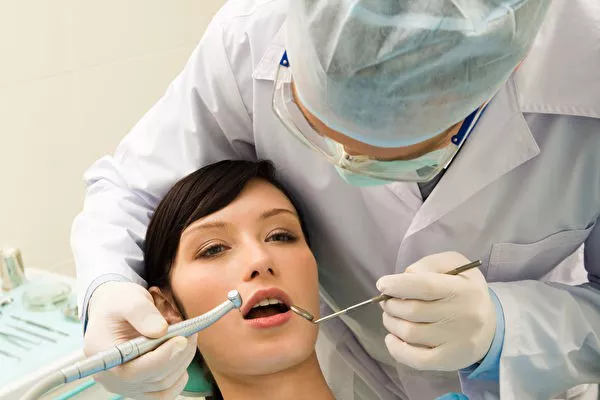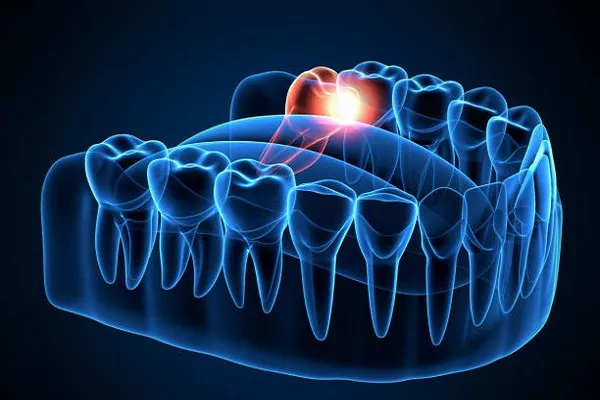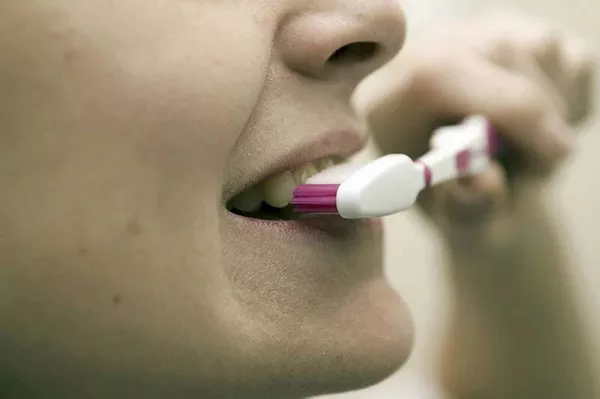Orthodontics is a specialized branch of dentistry that focuses on the diagnosis, prevention, and treatment of dental and facial irregularities. The aim of orthodontic treatment is to improve the function and appearance of teeth and jaws by correcting misaligned bites, crooked teeth, and other malocclusions. In this article, we will delve deeper into what is considered orthodontic treatment, its benefits, and various options available.
Definition of Orthodontics:
Here are some key points defining orthodontics:
- Orthodontics is a specialized area of dentistry that focuses on correcting dental and facial irregularities.
- The goal of orthodontic treatment is to improve the function and appearance of the teeth while also promoting good oral health.
- Orthodontists are dental specialists who have received additional training beyond dental school to diagnose and treat misaligned teeth and jaws.
- Common orthodontic issues include crooked or overcrowded teeth, overbites, underbites, crossbites, open bites, and gaps between teeth.
- Orthodontic treatment may involve using braces, aligners, expanders, headgear, or other devices to realign the teeth and jaws.
- Treatment time can vary depending on the severity of the issue and the type of treatment used.
- Regular check-ups with an orthodontist during and after treatment are important to ensure the success of treatment and maintain good oral health.
Benefits of Orthodontic Treatment:
- Improved Oral Health: Orthodontic treatment helps in maintaining good oral hygiene as straighter teeth are easier to clean and less prone to decay. Proper alignment of teeth also reduces the risk of gum disease and tooth loss.
- Enhanced Appearance: A beautiful smile can boost one’s confidence and self-esteem. Straighter teeth and a well-aligned jaw can significantly improve the overall facial aesthetic.
- Improved Function: Misaligned bites and jaws can cause difficulty while chewing, speaking, and breathing. Orthodontic treatment can help improve these functions and provide relief from discomfort.
Types of Orthodontic Treatments:
- Traditional Braces: These are the most common type of orthodontic treatment. They consist of brackets and wires that are fixed onto the teeth to apply pressure and gradually move them into the desired position.
- Clear Aligners: These are an alternative to traditional braces and are virtually invisible. They are custom-made, removable trays that gradually shift teeth into place.
-
Retainers: These are used to maintain the alignment of teeth after orthodontic treatment. They can be removable or fixed and are usually worn for a few months to a few years.
Choosing an Orthodontist:
If you are considering orthodontic treatment, it is important to choose the right orthodontist. Here are a few things to consider when choosing an orthodontist:
- Credentials: Ensure that the orthodontist is licensed and has the necessary qualifications and experience.
- Treatment Options: Check if the orthodontist offers a variety of treatment options to suit your needs.
- Communication: Choose an orthodontist who communicates effectively, explains the treatment plan clearly, and answers all your questions.
Conclusion
Orthodontics is an essential aspect of dental care that can improve oral health, facial aesthetics, and overall well-being. Understanding what is considered orthodontic treatment, its benefits, and available options can help individuals make informed decisions about their dental health. Choosing the right orthodontist is crucial to achieve the desired results and maintain good oral health.
Related Topics:






























